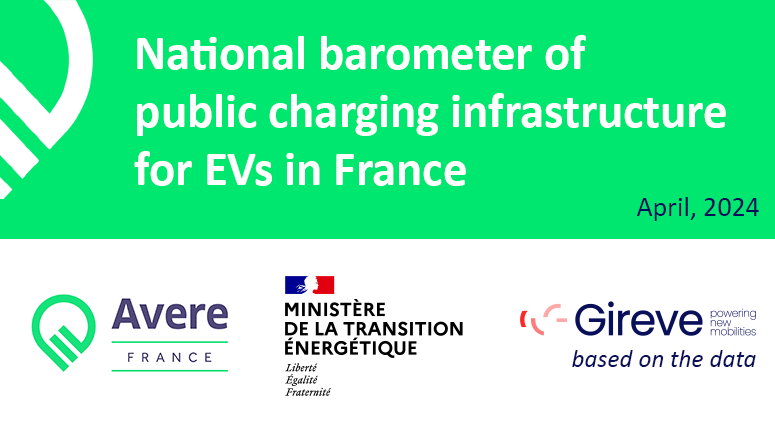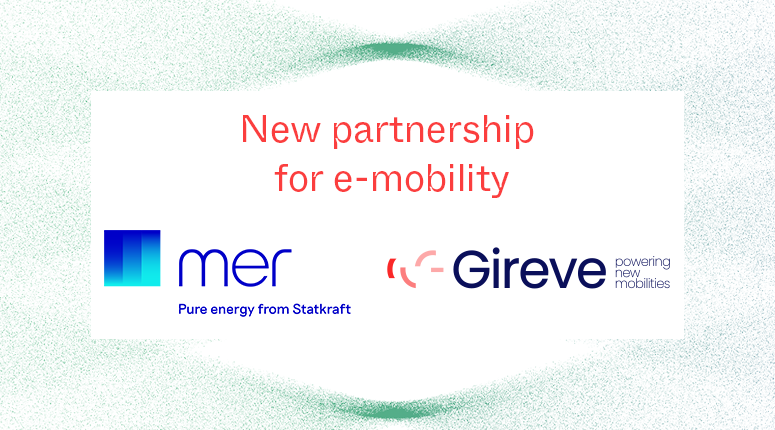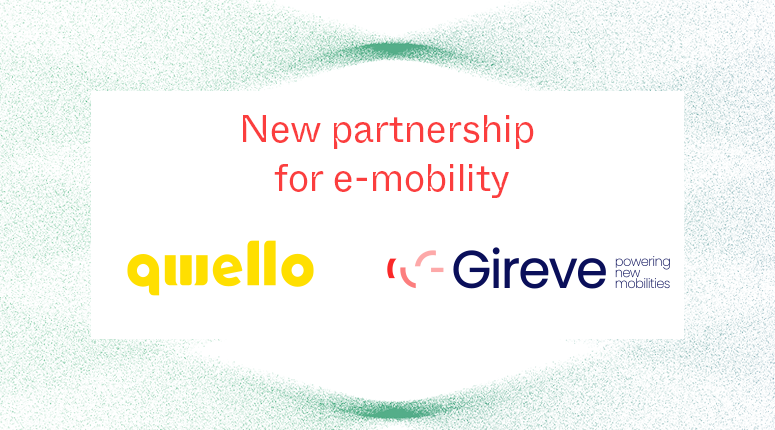Gireve joined the EV Charging infrastructure association ChargeUp Europe in a position paper stressing that roaming should be an important part of the Alternative Fuels Infrastructure Regulation (AFIR), a European regulation that will shape public electric vehicle charging in Europe for the next decade.
Click here to read ChargeUp’s position paper.
Following this publication, ChargeUp Europe released a video interview of Eric Plaquet, CEO at GIREVE, Christian Hahn, CEO at Hubject and Peter Badik, Managing Partner at GreenWay tto further explain their position on roaming as part of the AFIR.
In this interview, the speakers explain roaming, the difference between a subscription-based model and ad-hoc payment and why the two models must be integrated in the AFIR.
What is roaming?
E-roaming is the ability for an EV driver to charge on several charging networks using a single and unique badge or mobile app and receive a single invoice at the end of the month.
Technically, Charging Operators run charging networks, and e-Mobility operators offer app and RFID badges. They need to be connected to each other directly or through a platform. They also need to make commercial agreements to activate the technical connection and to authorize charging.
Once the IT connection is set up and the commercial agreement is signed, the EV driver can easily charge. Operators just need to keep IT systems updated and exchange invoices related to their roaming sessions.
We can make the analogy with roaming in the telecom industry. When the users make a call, they may use several networks, especially when calling from a different country. But they get a single invoice from their operator at the end.
“What we can say is that roaming is something that enables us technically and commercially to have one provider of charging services and connect to many chargers.”
Peter Badik (Moderator) – Board Member at ChargeUp Europe and Managing Partner at GreenWay.
Why use a roaming platform?
Roaming platforms allow CPO and eMSP to join a unique hub and get connected technically and commercially to a multitude of other actors. A roaming platform enables the operator to enrich its services easily while limiting investment costs.
As technical connections are very heavy to maintain and the number of connections grows every day, using a roaming platform to get connected to hundreds of thousands of networks helps limit the costs. It makes it easier to manage the growing technical and commercial complexity and to handle issues such as message overflow, system saturation, IT incidents, data protection, cybersecurity, etc…
But roaming platforms are also important to prepare for the future of the market. As a hub at the very heart of the ecosystem, the roaming platform has insight on the market and on future services to be developed. Hubs can develop new technologies and connections to other markets to open new services such as smart charging with energy players, MaaS with mobility players, or Plug and Charge with OEM, opening up new opportunities for operators.
Ad-hoc Payment and subscription-based model
Roaming implies a subscription-based model. The subscription-based model is the fact that the user is a subscriber of an e-mobility service provider (eMSP) and uses the card or app of the eMSP to charge his or her car in different stations.
This model is often compared to ad-hoc payment which is when the driver uses its credit card to pay his charging session directly at the station.
We believe that ad-hoc payment is a good backup solution for drivers who don’t have a subscription, but it can’t be the only solution as it prevents from offering services that come with subscription. A driver with no subscription will be able to charge his car and pay with his credit card, but he won’t be able to check the evolution of his charge, book a station in advance, or benefit from flexible prices and customed services. Both options should thus be enforced through AFIR.
Why should roaming be a part of the AFIR?
We need to prepare for tomorrow. When millions of EV drivers get to the road, the grid has to be ready to face huge energy demands. To avoid blackouts, EV cars can be used as a solution for energy storage. Incentives can be given to EV drivers through their operator, offering better prices for charging when the demand is low.
In this ecosystem as well as in other sectors, basic regulations are welcome to ensure accessibility and transparency, prevent lock-ins, discrimination and abuses detrimental to the end user. Based on an open environment allowing roaming, ad-hoc payment, P2P relationships, all players will be free to access the market and compete through services, quality, and price.




